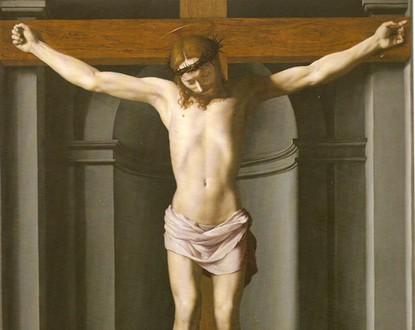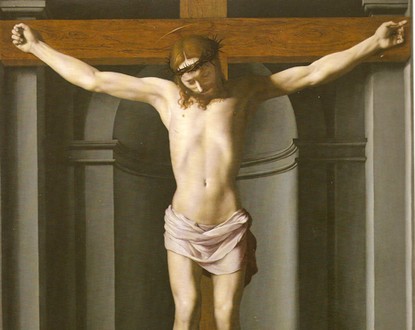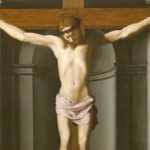The hanging of the “Crucifixion” is an essential cultural event in Nice, taking place this Friday, October 7, at 6 PM at the Musée des Beaux-Arts (33, avenue des Baumettes). Besides the exceptional execution quality of this painting, a work by Bronzino, the greatest master of the Florentine Renaissance, it also has an astonishing history.

In 2005, this painting was ultimately attributed by Philippe Costamagna and Carlo Falciani, eminent art historians, to one of the most significant painters of the Medici court: Agnolo Allori, known as Bronzino.
Thus returned to its creator, the work was restored and naturally found its place within a major exhibition dedicated to the work of Bronzino, which took place in Florence at the Palazzo Strozzi from September 2010 to January 2011.
On the occasion of the return of Bronzino’s work to the walls of the Musée des Beaux-Arts in Nice, Christian Estrosi and Muriel Marland-Militello invite you to attend its hanging on Friday, October 7, at 6 PM.
Bronzino’s “Crucifixion,” a masterpiece of Nice museums
Having entered the Nice collections thanks to a bequest in 1879, this painting was initially attributed to the painter Fra Bartolomeo (1472-1517). In 2005, thanks to two eminent art historians: Philippe Costamagna and Carlo Falciani, this wooden panel was finally attributed to one of the most important painters of the Medici court: Agnolo di Cosimo Tori, known as Il Bronzino.
Bronzino (1503-1572) is considered the greatest Florentine Mannerist painter. He anticipated Caravaggio’s research where simplicity prevails over discourse, rigor over style, and the visible over technique.
Thus rehabilitated, the “Crucifixion” enriches the Musée des Beaux-Arts in the City of Nice with new heritage. It could be restored to be exhibited as a central piece at the Palazzo Strozzi in Florence last winter, as part of the only exhibition ever organized in history, dedicated to Bronzino’s work.
Of exceptional execution quality, this painting is a genuine discovery among Bronzino’s masterpieces in the mid-16th century. It depicts a crucifixion with a rarely matched realism. No ostentation, no detail, no artifice interrupts the extreme tension produced by this “scene” of the crucified Christ.
The “Crucifixion” is part of the permanent collections of the Musée des Beaux-Arts where it will remain displayed. It might also be borrowed by museum institutions worldwide, as a masterpiece of the Nice museums.
The restoration of the “Crucifixion”
The restoration work on Bronzino’s piece took place in two stages. Eight months of treatment by the most esteemed restorers were required for the work to regain its original aspect and true attribution.
First, the panel was sent to Marseille, to the Centre Interrégional de Conservation et Restauration du Patrimoine. A first scientific examination was conducted, and specialists in wooden supports consolidated the panel.
In a second phase, the work went to the laboratory in Florence: L’Opificio delle Pietre Dure, one of the most sophisticated centers in the world for art restoration. The work mainly focused on the pictorial layer, allowing a return to the original surface by removing the overpaint and successive varnishes. Examinations in Florence revealed a preliminary sketch of a Christ’s head beneath the current colored layer and, most importantly, confirmed the attribution to the painter Agnolo Bronzino.



